- Written By Team DWS
- Birthstone Jewelry
- October 19, 2024
The Science Behind Tourmaline: Exploring Its Unique Properties and Uses
Tourmaline, a captivating gemstone treasured for its exquisite colors and metaphysical properties, is not just an aesthetic delight. Beneath its surface lies a fascinating world of science that explains the unique characteristics and diverse applications of this mineral. In this blog post, we will dive into the intricate structure of tourmaline, its electrical properties, and the various uses that make it a significant player in both the gemstone market and in technological applications.
The Geological Marvel of Tourmaline
Tourmaline belongs to a complex group of boron silicate minerals that are found in numerous geological settings around the world. The name “tourmaline” comes from the Sinhalese word “turmali,” meaning "mixed gems." This is fitting, as the mineral can come in a wide array of colors, including black, pink, green, and even multicolored varieties. Its chemical formula is extraordinarily complicated—essentially, tourmaline is a solid solution of different elements, which results in its stunning color variations.
The formation of tourmaline typically occurs in igneous and metamorphic rocks. Hydrothermal processes—where hot water and mineral-rich solutions interact with surrounding rocks—can also result in the creation of these beautiful gems. The interplay of elements such as aluminum, iron, magnesium, lithium, and others during crystallization allows for the vast range of colors and types we observe today.

Unique Electrical Properties
One of the most intriguing aspects of tourmaline is its piezoelectric and pyroelectric properties. Piezoelectricity is the electric charge that accumulates in certain solid materials in response to applied mechanical stress. Conversely, pyroelectricity refers to the generation of an electrical charge in response to a change in temperature. Tourmaline is one of the few minerals that exhibit both phenomena.
These electrical properties arise due to the crystal structure of tourmaline, which lacks a center of symmetry. When subject to pressure or heat, the arrangement of the ions within the crystal lattice causes the distribution of electrical charges to change, creating an electric potential. This unique attribute opens up a wealth of possibilities for applications in fields ranging from electronics to wellness.
Applications in Technology
Tourmaline's conductive properties make it valuable in various technological applications. For instance, piezoelectric materials are critical components in sensors, microphones, and actuators. In particular, tourmaline can be used in devices that convert mechanical energy into electrical energy, such as pressure sensors and energy harvesters.
Additionally, tourmaline's ability to generate negative ions when heated has led to its incorporation in health and wellness products. Negative ions are believed to improve air quality and provide health benefits by reducing pollutants and allergens. This has made tourmaline a popular ingredient in air purifiers and ionizers, which claim to enhance indoor environments.
Tourmaline in the Beauty Industry
The beauty industry has also embraced tourmaline for its supposed therapeutic properties. Many hair styling tools, such as hair dryers and straighteners, are now infused with tourmaline. Proponents claim that the negative ions produced by heated tourmaline help reduce static electricity in hair, leading to a smoother and shinier finish. Though scientific studies on these specific benefits are limited, the growing trend indicates a strong consumer interest in using natural elements for beauty enhancement.
Healing and Metaphysical Properties
For centuries, tourmaline has been regarded as a protective stone in various cultures. Many believe that it can absorb and emit different types of energy, promoting healing and balance. The metaphysical properties attributed to different colors of tourmaline are diverse; for example, black tourmaline is often associated with protection against negative energies, while pink tourmaline is seen as a stone of love and compassion.
While there's limited scientific evidence to support these claims, the popularity of tourmaline in crystal healing and holistic practices illustrates its significance in modern spiritual circles. People often use tourmaline in meditation, carry it as a talisman, or incorporate it into energy work, seeking its purported benefits.
Conclusion
Tourmaline is more than just a dazzling gemstone; it is a complex mineral with remarkable properties that have captured the interest of scientists, technologists, and spiritual practitioners alike. From its intriguing geological formation to its unique electrical characteristics and varied applications, tourmaline stands out as a multifaceted wonder of the natural world. Whether used in advanced technology, as a beauty enhancer, or for its metaphysical benefits, tourmaline continues to fascinate and inspire across diverse fields. As research and applications expand, the future of this extraordinary mineral looks brighter than ever.
Tourmaline Stone FAQs: Everything You Need to Know About This Unique Gemstone
1. What is tourmaline?
Tourmaline is a crystalline boron silicate mineral that comes in a wide variety of colors. It's known for its unique ability to exhibit different colors in the same crystal, which has made it a popular choice for gemstones and jewelry.
2. What are the different types of tourmaline?
Tourmaline comes in several types based on its color and chemical composition, including:
- Schorl (black tourmaline)
- Elbaite (multi-colored tourmaline)
- Rubellite (pink to red tourmaline)
- Indicolite (blue tourmaline)
- Verdelite (green tourmaline)
- Watermelon tourmaline (pink and green)
3. What are the healing properties of tourmaline?
Tourmaline is believed to have various metaphysical properties, including:
- Grounding and protection from negative energies
- Enhancing creativity and confidence
- Supporting emotional stability
- Aiding in physical healing, particularly for issues related to the skin and immune system
4. How do you care for tourmaline jewelry?
To care for tourmaline jewelry:
- Clean it regularly with mild soap and warm water.
- Avoid using harsh chemicals or ultrasonic cleaners.
- Store it separately from other gemstones to prevent scratching.
- Protect it from extreme temperatures and hard impacts.
5. How can I tell if a tourmaline is genuine?
Genuine tourmaline has specific properties, including:
- A characteristic range of colors.
- A hardness of 7 to 7.5 on the Mohs scale.
- The presence of pleochroism (showing different colors from different angles).
Professional gemologists can also conduct tests to verify authenticity.
6. Where can tourmaline be found?
Tourmaline deposits are located in various countries, including Brazil, the United States (especially California and Maine), Madagascar, Pakistan, and Afghanistan.
7. What is watermelon tourmaline?
Watermelon tourmaline is a unique variety of tourmaline that features a pink center surrounded by a green outer layer, resembling the fruit it is named after. It's appreciated for its striking color combination and is believed to promote emotional healing.
8. Is tourmaline suitable for all types of jewelry?
Yes, tourmaline is suitable for all types of jewelry, including rings, necklaces, earrings, and bracelets. However, care should be taken for rings or items exposed to hard impact to avoid chipping.
9. What is the price range of tourmaline?
The price of tourmaline can vary significantly based on its color, size, clarity, and origin. Generally, stones like rubellite and indicolite can be more expensive, while common colors might be more affordable.
10. How is tourmaline used in technology?
Tourmaline has piezoelectric properties, meaning it can generate an electric charge under pressure. This property makes it useful in various applications, including:
- Electronics (e.g., pressure sensors)
- Heating and cooling systems (tourmaline energy products)
11. Can tourmaline be used with other stones?
Yes, tourmaline can be beautifully combined with other gemstones in jewelry design. Its diversity in colors allows it to complement various stones, enhancing the overall aesthetic of the piece.
12. What zodiac signs are associated with tourmaline?
Tourmaline is associated with several zodiac signs, including Libra, Scorpio, and Capricorn. Its protective and grounding properties align well with these signs’ traits.
13. What should I consider when buying tourmaline?
When purchasing tourmaline, consider factors such as color, cut, clarity, and carat weight. Additionally, ensure you buy from a reputable dealer who can provide information about the stone's origin and treatment.
Feel free to ask if you have more specific questions about tourmaline or need additional information!
Popular on Blogs
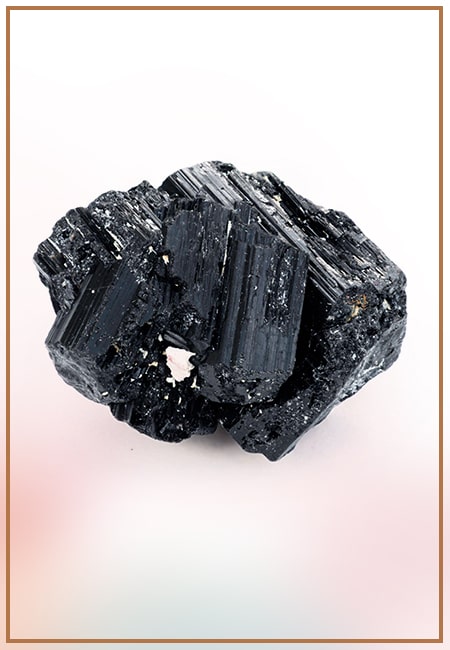
Black Tourmaline: Meaning, Healing Properties, Fascinating Facts, Powerful Attributes, Versatile Uses, and Beyond
September 05, 2023 / BY Team DWS
Black Tourmaline, also known as Schorl, is a highly revered crystal with incredible metaphysical properties. It derives its name from the Dutch word "turamali," meaning "stone with ..
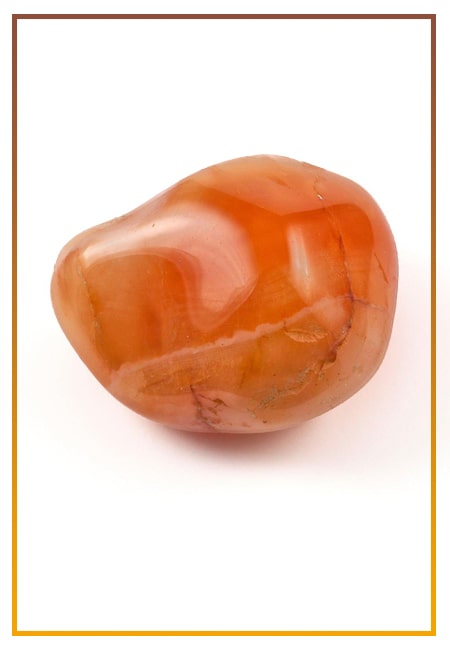
Carnelian Stone: Meaning, Healing Properties, Power, Facts, Color, Uses and More
December 26, 2023 / BY Team DWS
Carnelian is a vibrant and captivating gemstone that holds a plethora of meanings, healing properties, and powers. Its warm and fiery energy makes it a popular choice among crystal ..
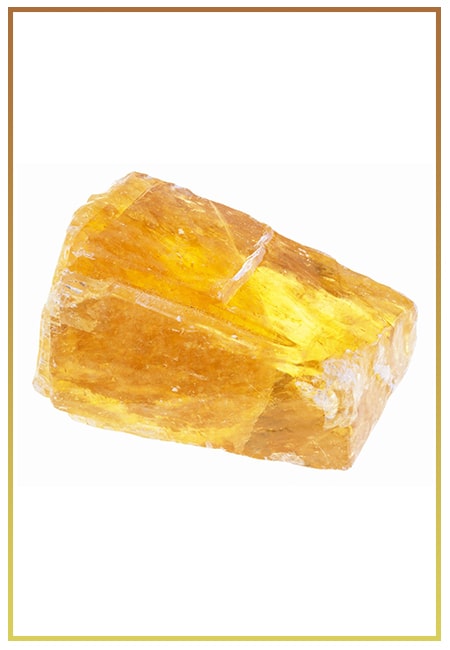
Citrine: Exploring its Meaning, Healing Properties, Fascinating Facts, Powers, Versatile Uses, and Much More
November 18, 2023 / BY Team DWS
Citrine, with its warm golden hues, has captured the attention and imagination of people for centuries. This beautiful gemstone, commonly associated with wealth and prosperity, hol ..
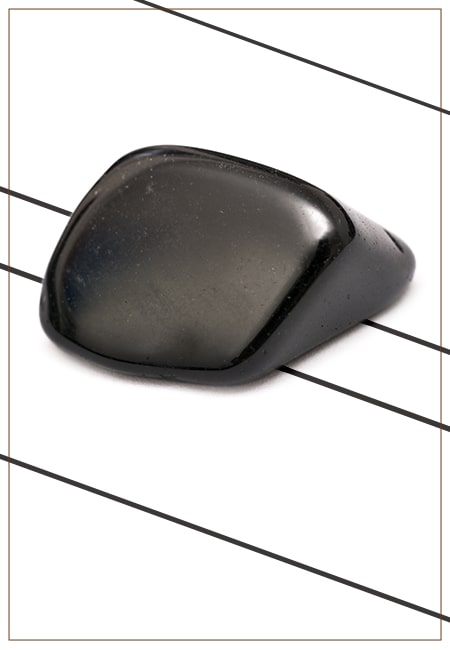
Black Onyx: Unveiling the Meaning, Healing Properties, Fascinating Facts, Powerful Attributes, Versatile Uses, and Beyond
July 25, 2023 / BY Team DWS
Black Onyx, a striking gemstone admired for its deep black hue and elegant appearance, has captivated people for centuries. In this comprehensive guide, we will delve into the mean ..

Unveiling the Mysteries of Turquoise Stone: Exploring its Meaning, Healing Properties, Power, Facts, Color, Uses, and More
December 05, 2023 / BY Team DWS
Turquoise, with its captivating blue-green hue, has been adorning jewelry and artifacts for centuries. This striking stone has a rich history, rich symbolism, and a plethora of int ..
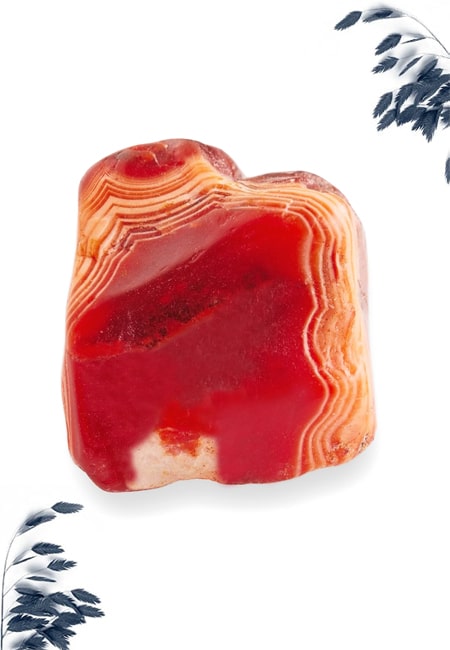
The History Behind The Popularity of Red Agate
December 23, 2022 / BY Team DWS
An Agate is a type of magma rock that takes many years till it is washed out naturally into the water. And that is the reason this stone has elements of water. This beautiful stone ..

Bloodstone: Unveiling the Meaning, Healing Properties, Facts, Powers, Uses, and More
August 21, 2023 / BY Team DWS
Bloodstone, with its captivating deep green color with specks of red, is a mesmerizing gemstone that has fascinated civilizations for centuries. It possesses unique healing propert ..

Plan a Perfect Valentine's Week with Our Valentine Week List 2025
January 22, 2024 / BY Team DWS
Valentine's Day is undoubtedly the most romantic day of the year, but we believe that one day is just not enough to express your love and make your partner feel special. That's why ..


